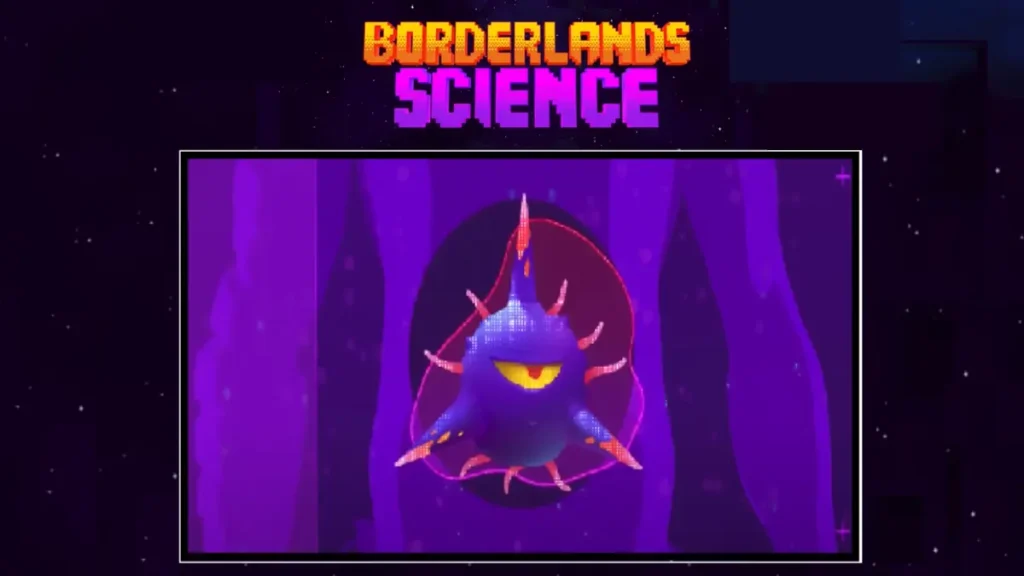In video games, Borderlands 3 has carved out a unique niche. It’s not just about shooting endless truckloads of enemies; it’s also about contributing to scientific research. Yes, you read that right. Science has found its way into the world of Borderlands, and the results are nothing short of astonishing.

A Game Within a Game
Borderlands 3 introduced a mini-game, Borderlands Science, which is a puzzle game of matching faces stack style, akin to Tetris. This mini-game, introduced by the game’s technical medic, Tannis, is not just for entertainment. It effectively simulates genomes, and the data it generates holds real-world scientific value. It also grants access to perks like the butt stallion milk (increased luck for better loot quality), exp booster, and a few others.
This initiative took the gaming community by storm. An impressive number of players, around 4.5 million, jumped into the mini-game. Their participation helped map out the family tree of over a million bacteria types living in our gut. This effort boosted our knowledge about the microbiome like never before. Players lined up tiles, each representing a genetic piece of different microbes. This simple act allowed them to tackle challenges that even the most advanced computer algorithms haven’t cracked yet.
The success of Borderlands Science has demonstrated the potential of video games as platforms for citizen science. It shows that when scientific projects are integrated into games in engaging ways, they can reach a significantly larger audience. For instance, Borderlands Science players completed an average of 35 tasks, compared to an average of 5.7 tasks completed by users of Phylo, a previous game with a similar purpose.
While the increased focus on the “game” part of the project unavoidably dilutes the “science” side, the “ultra-gamification” of Borderlands Science led to much higher player engagement and retention than in Phylo. This strongly alleviates the downside and justifies the exploration of the extra gamification region of that tradeoff.
The Future of Gaming and Science
The data generated by Borderlands Science is being used by researchers to relate specific types of microbes to diet, aging, and various types of diseases. This is a testament to the potential of gaming in advancing scientific research. The success of this initiative has sparked discussions about the potential of integrating similar features into other games. It has also piqued the interest of potential new players, further expanding the reach of such initiatives.
Final Thoughts:
The Borderlands 3 demonstrates how gaming can be leveraged for scientific research, providing a fun and engaging way for players to contribute to real-world scientific advancements. This unexpected success story serves as a reminder of the untapped potential of gaming, not just for entertainment, but also for the advancement of science and knowledge.
Source: via

